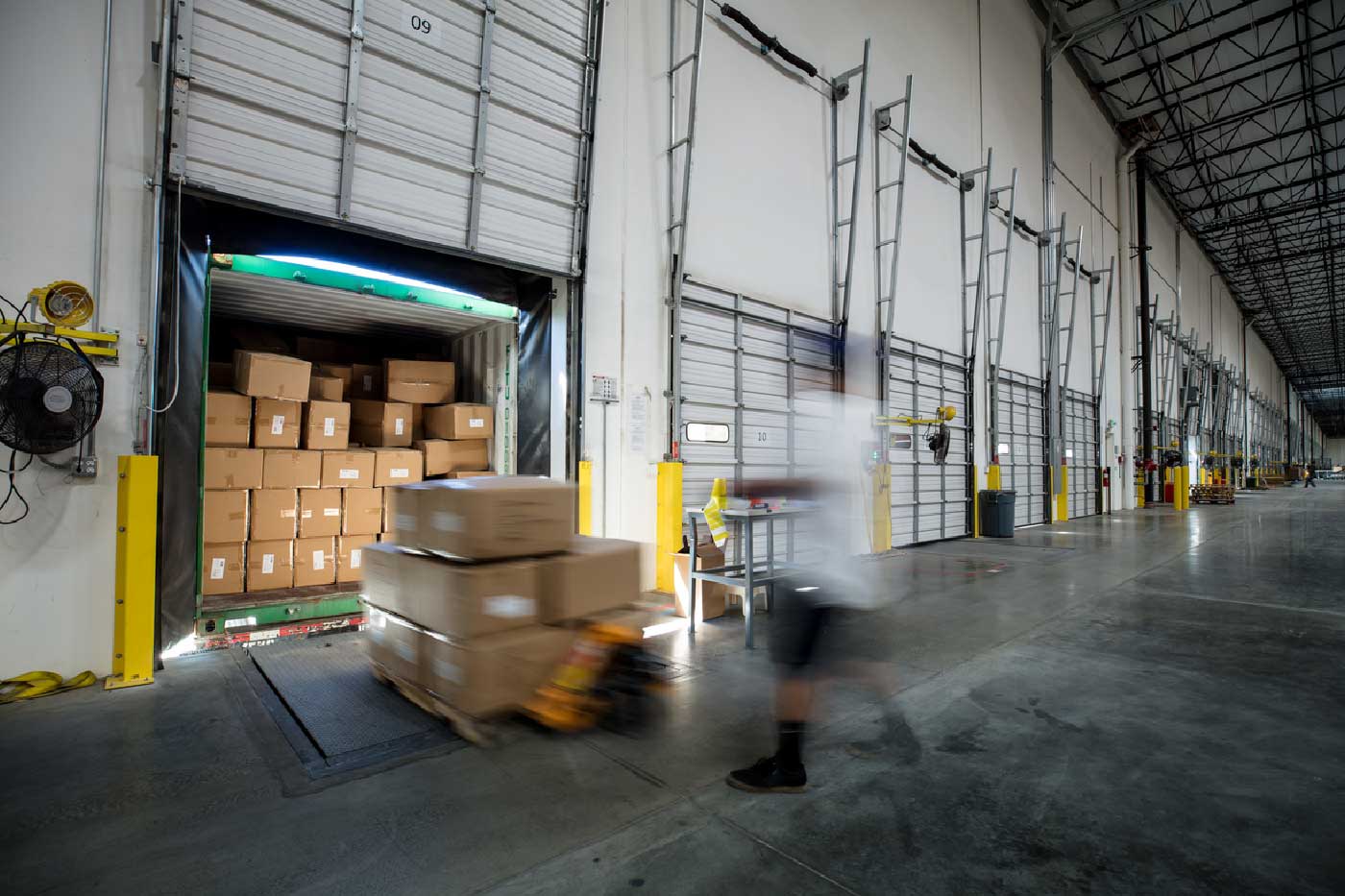Decades after most of the world’s industrial production was located in China and other Southeast Asian countries, pressure is growing to bring it back to Western countries to ensure better supply, especially in some strategic products. This is called supply chain relocation.
The truth is that China has become the planet’s factory over the last few decades. Much of the world’s industrial production has been concentrated there, taking advantage of the benefits offered by the country in terms of costs, among other aspects.
However, several factors seem to call into question a model that now appears to be in a state of flux in search of a more exhaustive control of supplies.
Recent events on everyone’s mind show how dangerous the extreme dependence of the entire globe on Chinese industrial production could be in the face of future crises.
For this reason, a new trend of supply chain relocation is becoming increasingly evident, which advocates diversifying the supplier network to ensure supply even in the worst conditions.
Rethinking the chain
Similarly, an important reflection has also been opened up in the field of logistics management as a result of the disruptions recorded over the past few months in international container traffic, which is the real bloodstream of world trade.
Thus, during the last year, monumental container traffic jams have been recorded in some of the world’s major ports, mainly in the United States and China, although they also occur in other European ports, including those in Spain, as a consequence of the distortions in the production and export of goods that have occurred since the outbreak of the pandemic.
In this context, large multinationals, as well as other smaller companies, are beginning to rethink their logistics flows to reduce their dependence on Southeast Asia, and China in particular.
Some governments are also beginning to see the need to protect the supply chains of strategic products, as evidenced, for example, by the global shortage of microprocessors, which has had a particular impact on the automotive industry.
Thus, the lack of electronic components to be installed in cars has forced production plants to close, thousands of workers to be sent home and car manufacturing to be reduced due to the lack of an increasingly important IT component for motor vehicles.
Relocation in the supply chain
Specifically, in the United States, the Biden Administration is already advocating in its first days in office to bring back into the country a group of critical supply chains that constitute strategic assets, such as the production of computer components, pharmaceuticals or raw materials, among others.
A few weeks ago, the European Parliament also drafted a document advocating the return of certain highly internationalized chains to EU territory, especially for certain strategic products and those for which supply bottlenecks have been identified.
The Union’s intention is to reduce the continent’s dependence on products imported from other parts of the world.
The European Parliament’s report indicates that there are risks of natural disasters, future pandemics or even cyber-attacks that could jeopardize the supply of basic necessities in the EU.
In these circumstances, the institution believes that greater diversification of suppliers is necessary and that some particularly sensitive chains should be brought back into the community, with public support if necessary.
The opportunity for relocation
The political impetus seems to be joined by the interest of more and more companies in having supply chains adapted to a new economic reality.
The idea is to generate supply chains that are resilient, agile and capable of responding to the risks that lie ahead, without losing sight of the growing importance of sustainability.
Likewise, through closer control of the supply chain, multinationals ensure that their suppliers comply with international law, particularly with regard to workers’ rights and the fight against labor exploitation.
In the same vein, the growing trend towards robotization and digitalization is making it possible to lower production costs, thereby increasing the interest of many companies in returning plants that had previously been offshored.
As a result, it seems that the values on which decisions to locate production plants are based now have more to do with reduce supply times from factories to end markets, the reduction of transit times in transportation and the preference of more and more consumers for local products.
Advantages of relocation
From a business point of view, relocation offers a number of advantages that can be grouped on the basis of several factors:
1) Economic:
Economic factors seem to be the most obvious of all those used to articulate relocation processes and are related to cost savings, mainly in labor and raw material supply.
2) Technological:
Technology makes it possible to improve production and reduce the associated labor costs, which tends to eliminate one of the main reasons that had been used until now for offshoring production: cost control.
3) Safety:
Crises such as the current one clearly show how any international event can disrupt the most internationalized and long supply chains, something that more and more companies cannot afford due to its impact on sales and competitiveness.
4) Strategic:
Finally, relocation allows production to be brought closer to end markets, which enhances control over the entire value chain, especially through the use of well-designed visibility and traceability platforms.
Precisely in this sense, at a time when the supply chain is evolving to adapt to the drastic social and economic changes that have been taking place in recent months, it is more desirable than ever to have end-to-end supply chain visibility systems with a business perspective.
FIELDEAS Track and Trace combines a comprehensive end-to-end chain traceability control with a holistic view to improve the logistics function through improvement opportunities for carriers, logistics operators, producers and traders.
Among the improvements driven by the use of FIELDEAS Track and Trace are:
– Obtaining complete visibility of shipments along the entire supply chain, centrally managing all logistics operations and stakeholders involved.
– Control of operations and efficient management of all ongoing logistics processes.
– Increase customer satisfaction and improve your internal processes.
In addition, FIELDEAS Track and Trace enables better control of risks in the transport chain, an increasingly important factor in logistics management.













